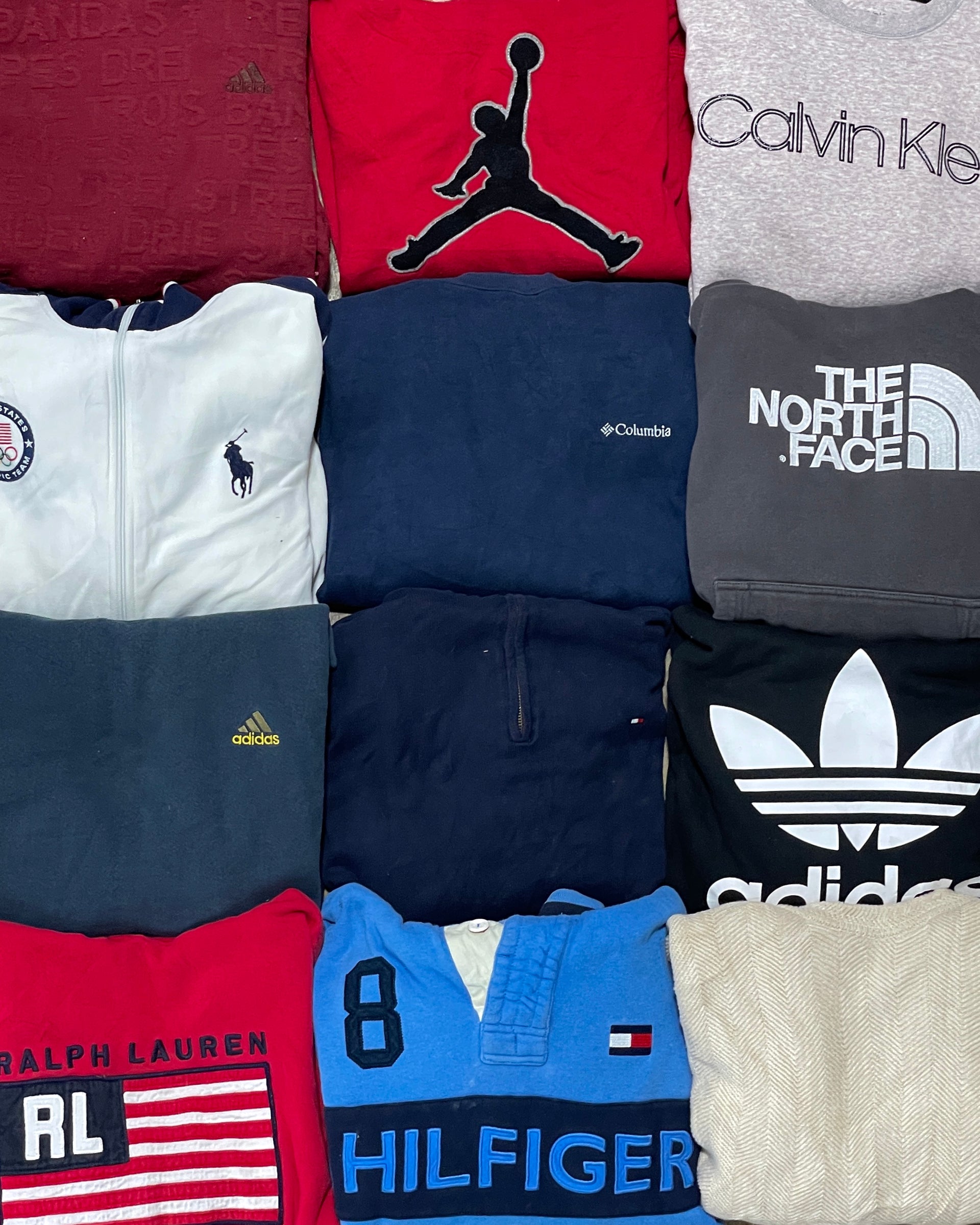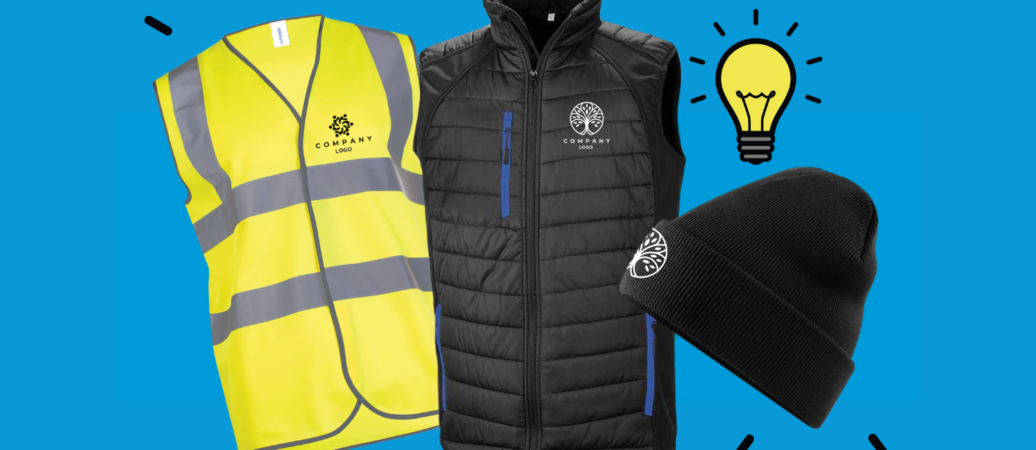The Significance of Sustainable Clothes: Just How It Influences the Setting and Your Storage room
Sustainable garments is significantly recognized for its crucial duty in reducing the environmental effect of the rapid apparel industry. By concentrating on environment-friendly products and honest production approaches, it addresses pushing eco-friendly issues. This change not only profits the world but additionally affects consumer choices, bring about a more thoughtful strategy to wardrobe monitoring. Understanding these dynamics increases vital inquiries concerning style's future and individual duty in shaping it.
The Ecological Footprint of Fast Style

Benefits of Sustainable Products
Sustainable materials use substantial advantages, particularly with eco-friendly material options that lessen ecological injury. These products additionally demonstrate resilience and longevity, decreasing the demand for regular substitutes. As a result, they add to a much more lasting fashion business and advertise responsible customer habits.
Eco-Friendly Material Choices
While the apparel industry has actually long been connected with rapid trends and environmental harm, the rise of environmentally friendly material selections offers a transformative chance. Sustainable materials such as natural cotton, hemp, and Tencel have acquired popularity due to their reduced eco-friendly influence. These fabrics are often generated without damaging pesticides and need much less water, lowering their carbon impact - Branded Clothing. In addition, many green fabrics are biodegradable, adding to a circular economic situation by reducing waste. Selecting sustainable products not just supports ecologically liable practices but additionally promotes much healthier ecological communities. As customers end up being more knowledgeable about their buying power, the need for environment-friendly textiles urges brands to innovate and adopt even more lasting manufacturing techniques, ultimately benefiting the planet and future generations
Toughness and Durability Advantages
Lots of customers are significantly identifying the toughness and longevity benefits of lasting products in their clothing choices. Unlike standard materials, sustainable products such as natural cotton, hemp, and recycled polyester are engineered to stand up to deterioration, causing garments that last much longer. This decreased frequency of substitute not only saves consumers cash gradually but additionally decreases waste generated by quick fashion. On top of that, sustainable clothing commonly employs environmentally friendly production techniques that enhance material toughness, adding to a decrease in the total carbon footprint. By purchasing resilient garments, customers can cultivate a more lasting wardrobe while delighting in top notch items that preserve their visual and functionality with time. Sturdiness and durability stand as key advantages of picking lasting materials.
Reducing Waste Via Lasting Practices
Decreasing waste in the garment industry can be accomplished with ingenious practices such as upcycling and repurposing materials. Furthermore, taking on minimalist wardrobe methods motivates consumers to prioritize quality over amount, eventually reducing garments consumption. Together, these strategies contribute considerably to a much more lasting clothing version.
Upcycling and Repurposing Products
Upcycling and repurposing materials have become innovative approaches in the style sector, changing disposed of fabrics into important brand-new products. This approach not just decreases waste yet also encourages imagination and originality in apparel style. By taking old garments and materials, developers can develop one-of-a-kind items that mirror personal design while lowering the need for brand-new resources. Additionally, upcycling commonly calls for less power and water contrasted to typical production processes, significantly reducing the environmental footprint of style. As customers become much more knowledgeable about sustainability, the popularity of upcycled garments remains to rise, promoting a round economic situation. Eventually, these techniques add to a much more sustainable future, where fashion focuses on ecological health and wellness over fast production and consumption.

Minimal Wardrobe Techniques
As individuals significantly look for to decrease their environmental effect, adopting minimalist wardrobe strategies has gained grip as a reliable approach to sustainable style. These techniques emphasize quality over quantity, motivating customers to curate a smaller sized collection of functional, sturdy apparel. By concentrating on ageless pieces that can be combined and matched, people can reduce the regularity of acquisitions and eventually lower waste.Additionally, minimalism advertises conscious consumption, prompting customers to assess the honest and ecological ramifications of their selections. This strategy not just promotes a more lasting way of living but also streamlines everyday decision-making relating to clothing. As individuals embrace minimal concepts, they contribute to a fashion society that values sustainability and liable consumerism, ultimately resulting in an extra eco-conscious culture.
The Role of Moral Labor in Lasting Style
While numerous consumers are significantly knowledgeable about the environmental repercussions of their clothing choices, the significance of ethical labor practices in lasting fashion can not be ignored. Honest labor incorporates fair earnings, safe working conditions, and respect for employees' civil liberties, developing the foundation of liable style manufacturing. Brands that prioritize moral labor not only uplift neighborhoods however also established a requirement for liability in the industry.Moreover, the assimilation of ethical methods cultivates transparency, allowing consumers to make informed options about their acquisitions. This method contrasts dramatically with fast fashion's unscrupulous labor versions, which typically prioritize revenue over individuals. By supporting companies committed to moral labor, customers add to a system that values human self-respect along with environmental sustainability. Ethical labor is not just an add-on; it is essential to the broader mission of lasting fashion, making certain that the mission for eco-friendliness does not come at the expenditure of human legal rights.
The Influence of Lasting Apparel on Carbon Emissions
Sustainable apparel has the possible to greatly reduce carbon exhausts related to the apparel industry. Standard garment production adds especially to greenhouse gas exhausts, primarily because of energy-intensive manufacturing processes and the usage of non-renewable resources. In contrast, lasting style concentrates on eco-friendly products, such as organic cotton or recycled fibers, which usually need less energy to produce.Moreover, lasting brands tend to take on much more effective production practices, lessening waste and lowering overall discharges. By focusing on durability and timeless layout, lasting apparel encourages consumers to buy much less often, further decreasing the carbon impact connected with overconsumption.Additionally, numerous sustainable brand names are devoted to openness in their supply chains, making it possible for customers to make educated selections that straighten with their worths. Inevitably, shifting in the direction of sustainable garments can cause a considerable decrease in carbon emissions, adding to a much healthier world and an extra lasting future for the fashion market.
Supporting Neighborhood Economic Situations With Sustainable Choices
The shift towards lasting clothes not just addresses ecological issues yet additionally substantially benefits neighborhood economies. By picking lasting fashion, consumers frequently sustain small businesses and local craftsmens, boosting area durability. These enterprises typically operate a smaller range, prioritizing craftsmanship and ethical techniques over mass production.Investing in locally made sustainable clothing cultivates job production and boosts financial growth within communities. As consumers end up being extra aware of the ecological impact of their purchases, they progressively seek items that mirror their values. This need motivates regional suppliers to take on sustainable practices, contributing to a circular economy.Moreover, supporting neighborhood services minimizes transportation discharges, lining up with eco-conscious customer actions. The interconnectedness of lasting clothes and regional economic climates highlights the essential role that individual selections play in advertising both ecological and economic health. By cultivating these regional connections, areas can grow while also working in the direction of an extra sustainable future.
Transforming Your Closet: Tips for a Lasting Closet
As individuals Full Report look for to minimize their ecological effect, transforming a storage room right into a sustainable closet becomes a necessary step. One efficient technique is to examine existing apparel, maintaining just things that are used regularly and that straighten with sustainability objectives. Focusing on top quality over quantity is vital; buying sturdy pieces from eco-friendly brands can considerably lower waste.Additionally, incorporating second-hand products can revive a closet while minimizing ecological damage. Organizing apparel swaps with close friends or donating extra products can better advertise sustainability.When purchasing, people must seek products that are natural, recycled, or naturally degradable, and avoid fast fashion sellers - Branded Clothing. Lastly, practicing mindful intake by attentively thinking about each acquisition can contribute to a much more lasting way of living. By implementing these ideas, one can develop a closet that shows personal style while sustaining environmental stewardship
Often Asked Concerns
Exactly How Can I Recognize Sustainable Garments Brands?
To identify lasting clothing brand names, one must research products used, examine for certifications like Fair Profession, and examine the brand name's openness about their manufacturing procedures, labor methods, and environmental influence, guaranteeing eco-friendly and moral methods are prioritized.
What Are the Prices Associated With Lasting Fashion?
The costs connected with lasting fashion can differ substantially. Greater manufacturing expenses, moral sourcing, and environment-friendly materials frequently bring about boosted retail costs, which may deter some customers while attracting environmentally conscious consumers.
Can Lasting Garments Be Stylish and trendy?
Lasting clothing can indeed be trendy and fashionable. Designers progressively focus on cutting-edge products and ethical manufacturing approaches, proving that style and sustainability can coexist. Customers now have diverse alternatives that blend aesthetic appeals with environmental consciousness.
Just How Does Laundering Garments Affect Their Sustainability?
Washing clothing greatly effects sustainability by consuming water and energy, contributing to pollution, and triggering microplastic launch. Frequent cleaning can deteriorate fabrics, shortening their lifespan and boosting the requirement for replacements, eventually intensifying environmental issues.
What Is the Life Expectancy of Sustainable Clothes Contrasted to Fast Style?
The life-span of sustainable clothing normally exceeds that of rapid fashion things, often enduring a number of years because of quality products and workmanship. On the other hand, quick style garments may degrade promptly, requiring more frequent substitutes. Lasting apparel is reference significantly recognized for its essential role in decreasing the ecological influence of the rapid fashion sector. While several customers are company website increasingly aware of the ecological repercussions of their apparel selections, the relevance of honest labor techniques in lasting style can not be ignored. Branded Clothing. Sustainable clothes has the possible to considerably minimize carbon discharges linked with the style industry. In comparison, sustainable style focuses on eco-friendly products, such as natural cotton or recycled fibers, which commonly call for less energy to produce.Moreover, lasting brands have a tendency to take on much more efficient manufacturing methods, reducing waste and lowering general discharges. By prioritizing longevity and ageless style, lasting clothing encourages customers to get less frequently, further decreasing the carbon footprint linked with overconsumption.Additionally, several sustainable brands are dedicated to openness in their supply chains, enabling consumers to make informed options that line up with their worths